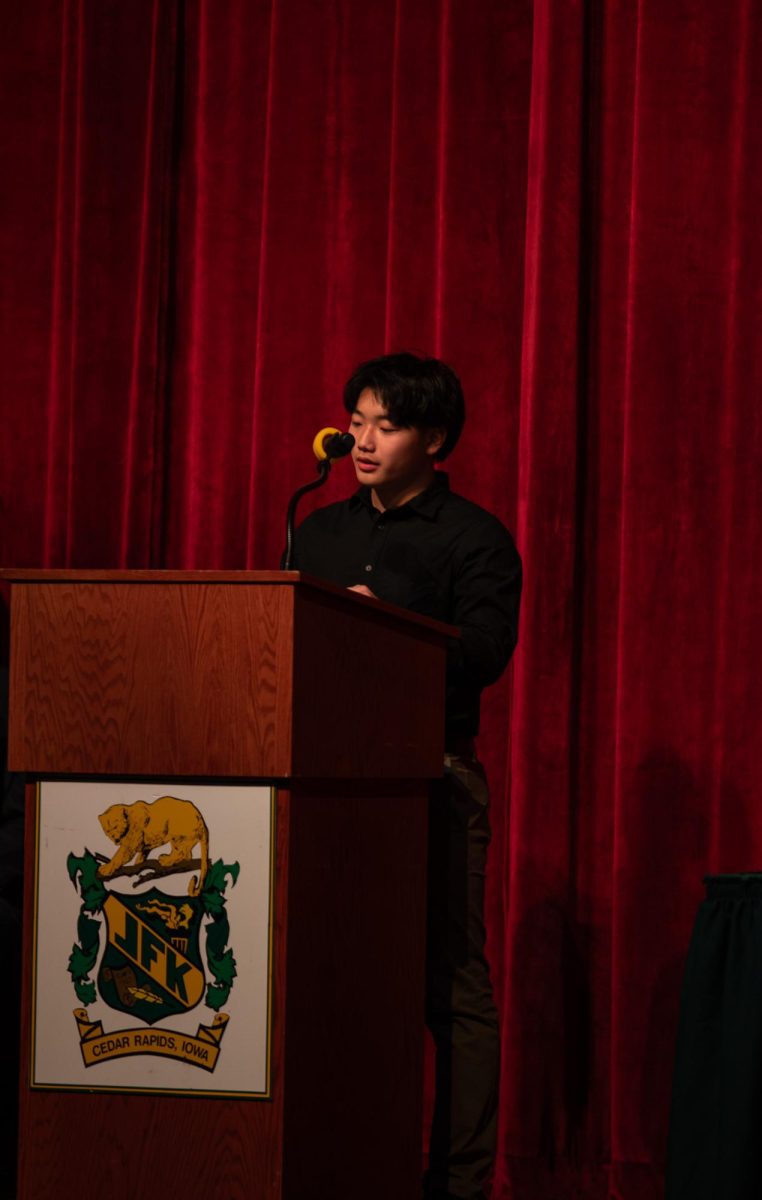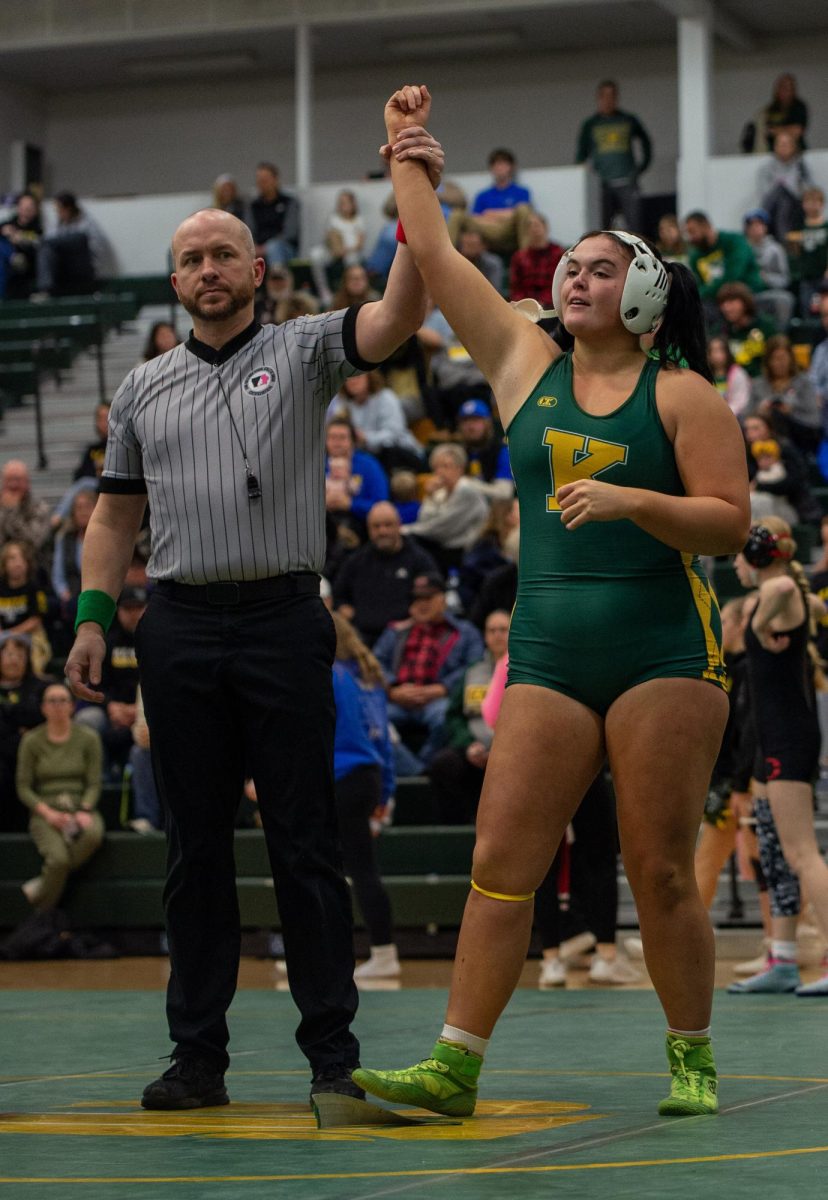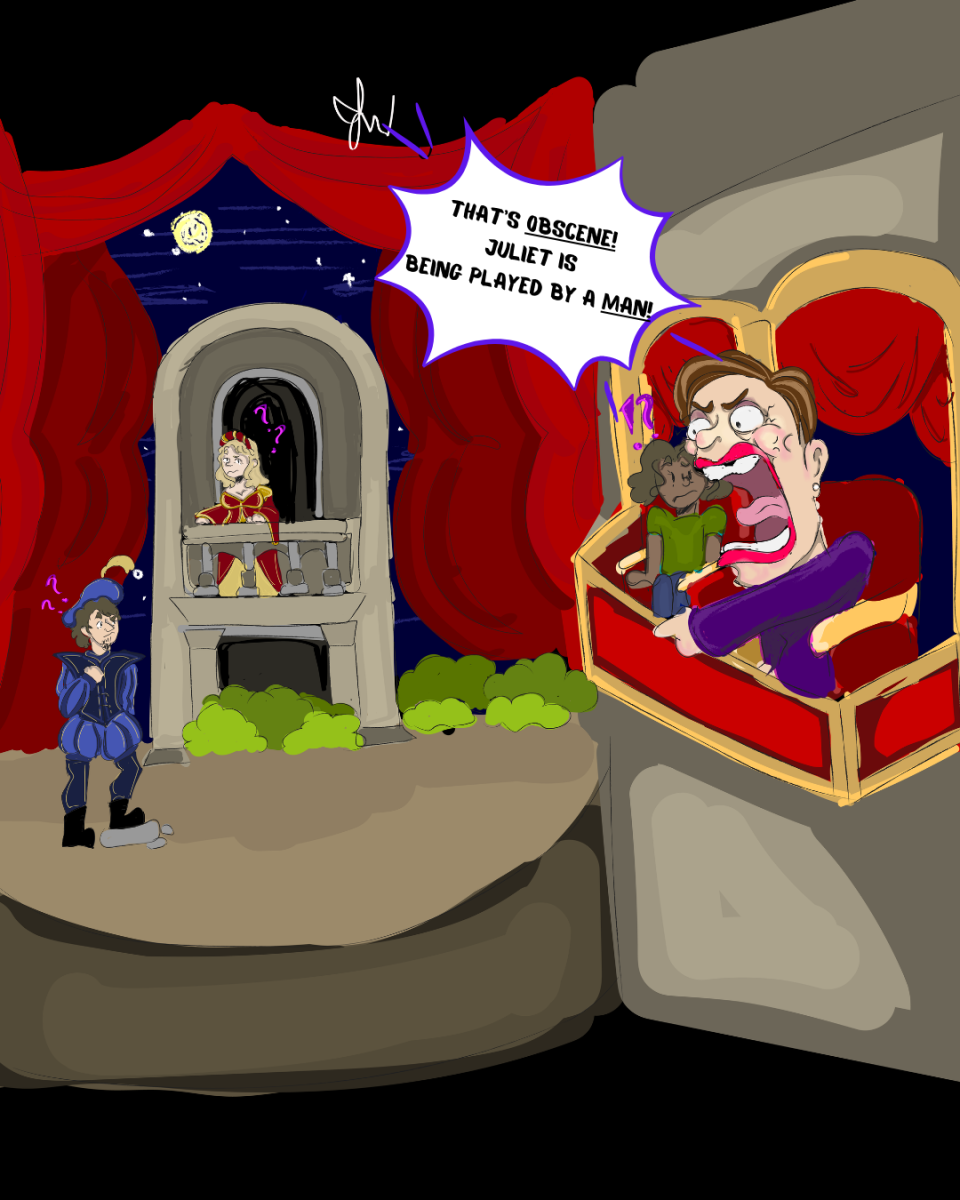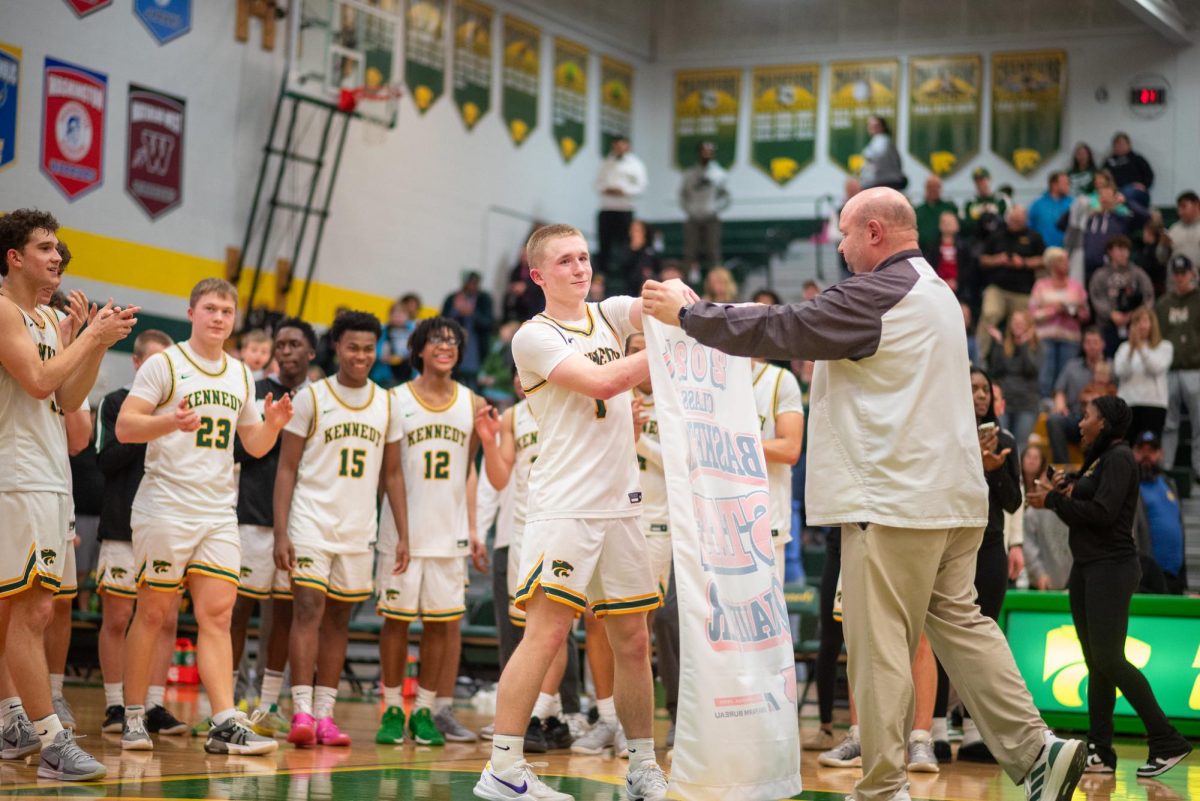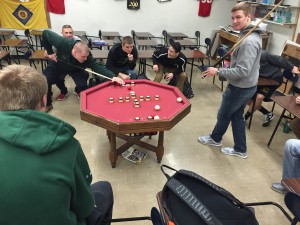SMART Time part of ‘normal’ routine at Kennedy
Some students love it, some students hate it
January 4, 2018
The 1,749 students at Kennedy create a large student body which has made it possible for programs such as SMART Time to become a normal part of the daily class schedule.
The “SMART” in SMART Time stands for Students Maximizing Achievement, Relationships, and Time. This daily time originated from Kennedy’s SMART Lunch time, in 2014, and made the lunch period 90 minutes, a break in the day for students to eat lunch and also go to extra class tutorials.
Today, SMART Time is a 30-minute period between second and third hours.
Principal Jason Kline began with SMART Lunch to give students time during the day to get homework done and get help from teachers. Fast-forward to 2017. Today, many students say they are either extremely supportive or don’t find SMART Time necessary.
“It’s important to have at least a little time cut out of the day to be able to work freely,”Adele Twig, so., said. “Some kids don’t get that kind of time at all after school.”
During SMART Time, there are a lot of opportunities made for students to achieve success. There are open teacher rooms for studying, and a system called “tutorials”, where certain teachers are assigned to certain days, based on subject, to help students with classwork. Each subject area has its own assignment twice during the week. For example, math tutorials are Mondays and Wednesdays.
Twig says she’s part of the student body who says SMART Time is really helpful. “I’m sick a lot and SMART time gives me a chance to check in with teachers and get help with things I miss, as well as time to catch my breath. There’s freedom to go wherever you want or need to go.”
On the other hand, Casie Meyer, fr., believes the daily time is not beneficial.
“It does help sometimes to not have to do homework at night, but it’s too short and too early in the day. I don’t have any homework at that time of the day,” Meyer said. “Too many people waste it. I go to a tutorial for my hardest class and it doesn’t help me very much.”
There is a set of rules set in the building that expect students to be in a classroom or a study area when SMART Time begins. Some teachers interviewed for this story said that during SMART Time lots of students are on phones when they should be studying, and teachers can feel frustrated by lack of students’ interest in using the time to get ahead in classes.
Teachers can try to make the study time mandatory, though students still don’t always show up.
Student Kendie Herlocker agrees that “kids could do better.” In her case, though, she finds the time helpful. She often misses school due to her traveling events, as she shows horses in contests, and this takes her away from a regular school day. She finds SMART Time very helpful to make up work that she has to miss due to these shows.
“In the structured [SMART Time] classes, the teachers are helping their students and students are working hard,” Herlocker said. She has attended math, science, AP Human Geography, Spanish, language arts, gym and even the computer lab study times.
Kline, who got the idea of SMART Time from a school in North Carolina, says he trusts that his students will use the time properly, but agrees that it would be more beneficial if kids made better decisions on where to go during the daily SMART Time period.


